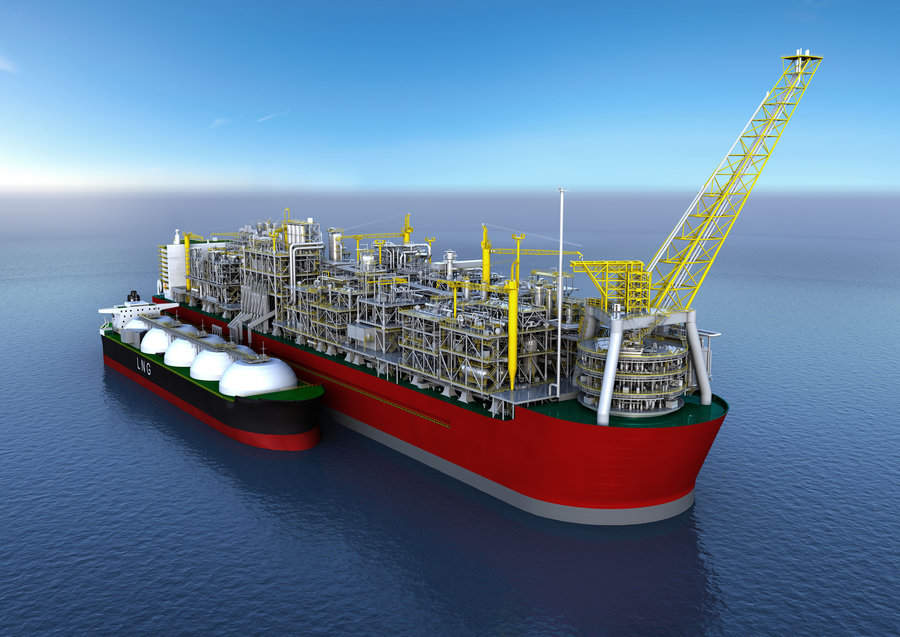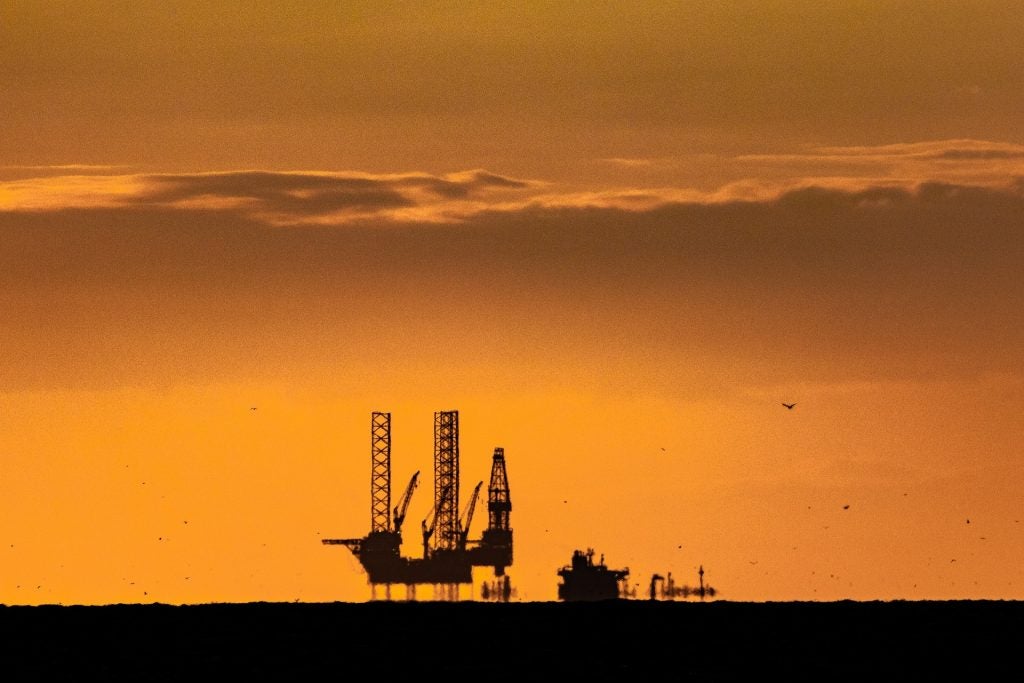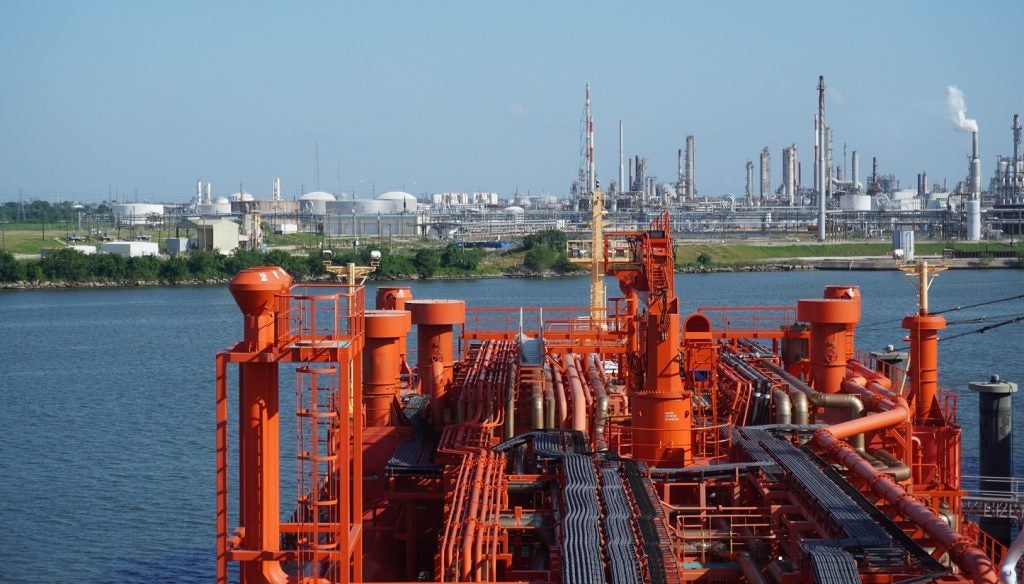

Shell started construction of its newest FLNG ship, Prelude, in 2012 and officially completed it this summer. It was built at the Samsung Heavy Industries shipyard in Geoje, South Korea, in cooperation with Shell technicians. “One hundred and fifty technicians have been trained across a broad range of critical skills, including helicopter landing and refuelling, rigging, scaffolding and first aid,” Shell Australia chairman Zoe Yujnovich said. These technicians are aboard the ship, which has now arrived in Australian waters. The ship cost $12bn, using enough steel to make 36 Eiffel Towers.

On 25 July 2017, Prelude arrived in the Browse Basin, 475km northeast of Broome, after four weeks of being towed by tugs. It will stay in the gas field for the next 20 to 25 years; after that it can be moved to operate in other gas fields. This is one of the benefits of using FLNG ships over onshore processing plants – despite the high cost of construction, they can be used repeatedly to save money in the long term.
“FLNG removes the need for pipelines to shore, dredging and onshore works and therefore significantly limits the disturbance to the surrounding environment and in the right conditions, reduces development costs,” a Shell spokesperson told us. “It is also a competitive solution for fields like Prelude, that are very remote and hard to access.”

How well do you really know your competitors?
Access the most comprehensive Company Profiles on the market, powered by GlobalData. Save hours of research. Gain competitive edge.

Thank you!
Your download email will arrive shortly
Not ready to buy yet? Download a free sample
We are confident about the unique quality of our Company Profiles. However, we want you to make the most beneficial decision for your business, so we offer a free sample that you can download by submitting the below form
By GlobalDataPrelude is not only the biggest ship in Shell’s fleet, but the biggest vessel ever built. At 488m long and 74m wide, the colossal structure is the more than 100m longer than the Eiffel Tower is tall. The ship’s turrets alone are as tall as the Statue of Liberty, and there are only four buildings in the world that are taller than the Prelude’s length.
With such a giant project came a learning curve which Shell hopes will help as it moves forward in other areas. “We have gained valuable experience through the development and construction of Prelude that can be applied both onshore and off to further improve integration and reduce costs,” says the spokesperson. “For example, removing non-essential scope, building vertically to reduce plot size, applying the double mixed refrigerant liquefaction process and integrating effectively from the well head right to the LNG carrier.”

The ship is designed for the extraction and liquefaction of natural gas without the need for large onshore processing plants. “The complexity of the facility is breath-taking,” the spokesperson continues. “Floating LNG consolidates the traditional offshore to onshore LNG infrastructure into a single facility that is based over the fields. The FLNG facility gathers, processes, stores and offloads natural gas and condensate products at sea.” Prelude’s first Browse Basin project is estimated to process 5.3 million tonnes per annum, which will be used all around the world. LNG is one of the most commonly used fuels in the world, and its use is expected to increase as consumers opt for a cleaner fuel than coal or oil. In 2015, 27.1 trillion cubic feet of LNG was used in the USA alone.

Now that the ship has arrived in Australian waters it must be secured before beginning operations. The 16 mooring chains already attached to the seabed, 250m below sea-level, must now be raised and secured to Prelude. “Once secure, the next phase of the project – the hook-up and commissioning phase – can commence,” says the spokesperson. “The safe and reliable start-up of Prelude’s operations will be our highest priority through this phase of the project.” This phase will take a further nine to twelve months to complete, before extraction can finally begin.
Seven production wells are located below the ship, and four flexible risers will be used to condense the natural gas and bring it up to Prelude for storage.

This hook-up stage will be the most labour intensive, with Shell employing 1,500 workers over the next year to ensure that it is completed safely and efficiently. Further jobs will be contracted out to Perth where Shell’s headquarters are, Darwin where the onshore supply base is operating and Broome which will serve as a base for aviation and marine services.
“Prelude is an Australian project and Shell has recognised how important it is to build strong partnerships with Australian industry,” Yujnovich said.

Once Prelude is completely operational in 2018, around 120 to 140 people, of a roster of 250, will staff the ship at all times during production. They will have to fly for over two hours by helicopter to reach the vessel.
Prelude is the first ship of its size, and how successful it is will undoubtedly have an effect on future FLNG operations. As the natural gas industry continues to grow, it seems so, too, will the size of its ships.







